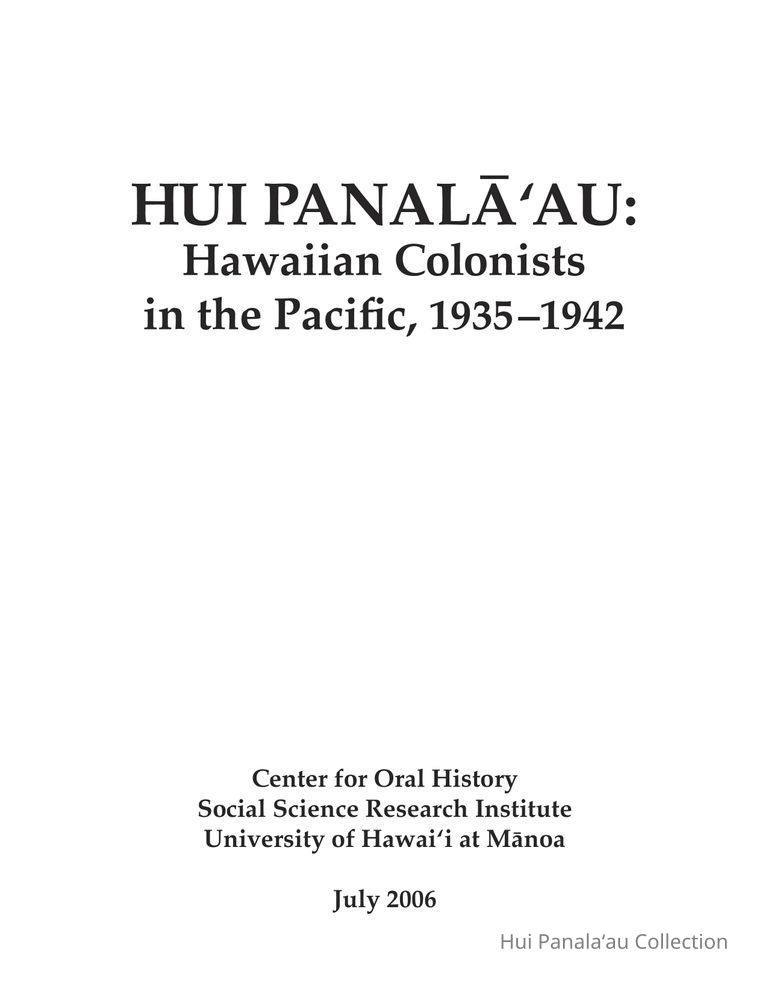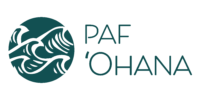Hui Panalāʻau: Hawaiian Colonists in the Pacific, 1935-1942
Transcription
Text
English = eng
Ty P. Kawika Tengan University of Hawai‘i at Manoa Departments of Ethnic Studies and Anthropology Scott Kekuewa Kikiloi University of Hawaii at Manoa Department of Anthropology; Enduring Legacies of the Panalaau Expeditions; Noelle M.K.Y. Kahanu Project Manager, “Hui Panalaau: Hawaiian Colonists, American Citizens” Bishop Museum
Number of Pages
42
Ty TenganScott Kekuewa KikiloiMattson, Elvin K.Sproat, EmanuelKahanu, GeorgeHarris, ArthurKnell, Henry CockettBell, KennethPhillips, Paul GordonKim, Victor Bak Sung
Jarvis, Baker, Howland, Canton, Enderbury
Pacific Ocean
Oceania

